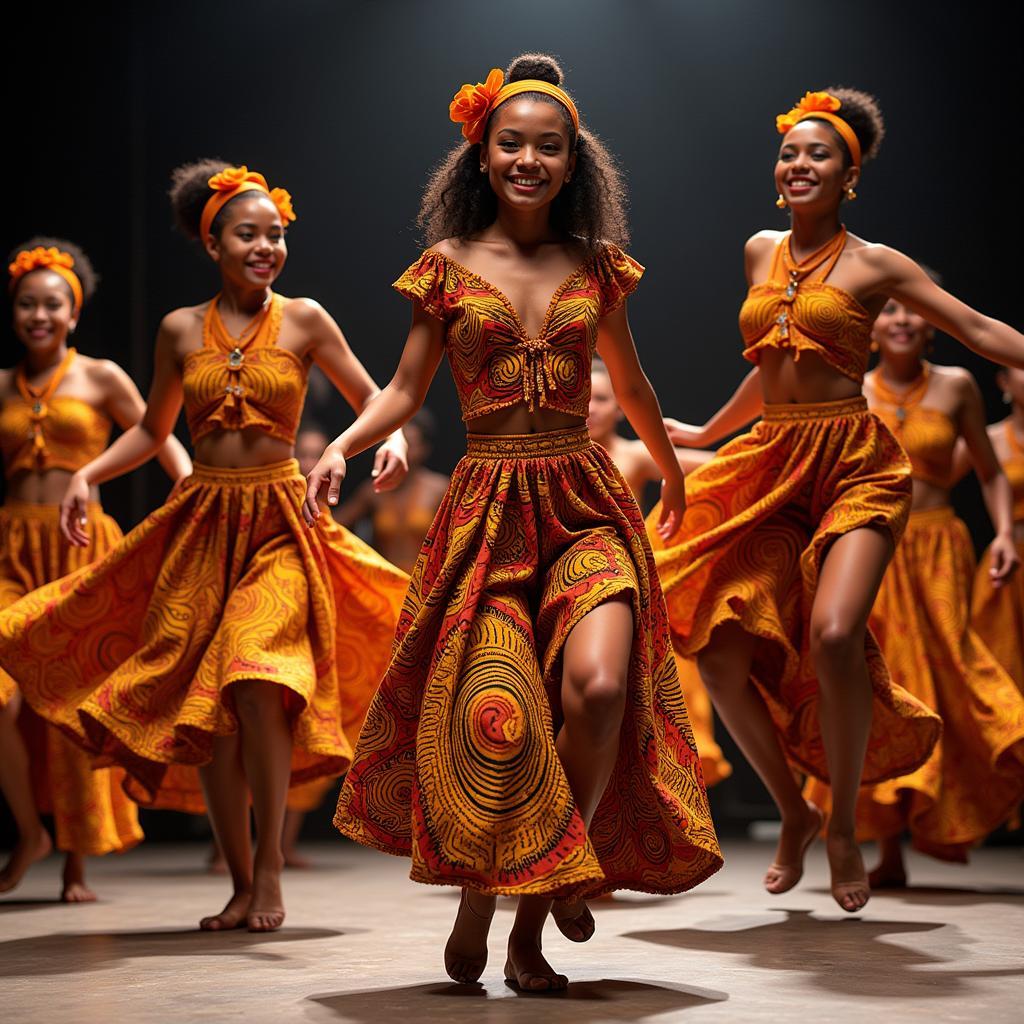African Camo Patterns: A Blend of Culture and Practicality
The intricate and often beautiful camouflage patterns used in Africa are not just a military tactic; they’re deeply rooted in the continent’s rich history, culture, and practical needs. From the traditional designs worn by warriors to the modern-day adaptations used by hunters and soldiers, African Camo Patterns represent a fascinating interplay of aesthetics, functionality, and cultural identity.
A History of Concealment: From Traditional to Modern
Africa’s camouflage patterns have a long and fascinating history. Long before the advent of modern military technology, African cultures relied on camouflage for hunting, warfare, and even ritual purposes.
Traditional Camouflage:
- Tribal Patterns: Many indigenous African tribes used natural materials like animal hides, leaves, and mud to create camouflage for hunting and warfare. These designs often incorporated patterns inspired by the local environment, such as the dappled sunlight filtering through the forest canopy or the irregular shapes of rocks and vegetation.
- Ritualistic Masking: In some cultures, masks and body paint served as camouflage, not only for concealment but also for ritual purposes. These designs often represented spirits, deities, or ancestral figures, blurring the line between the physical and the spiritual.
Modern Camouflage:
- Military Adaptations: With the arrival of modern warfare, African militaries adopted camouflage patterns inspired by European and American designs. However, these patterns were often adapted to suit the unique environments and vegetation of the African continent.
- Hunter’s Camouflage: African hunters continue to use camouflage for hunting, often relying on traditional designs and materials. These patterns are tailored to the specific terrain and prey, ensuring maximum concealment.
The Cultural Significance of African Camo Patterns
Beyond their practical uses, African camouflage patterns hold immense cultural significance. They represent a connection to the land, a history of survival, and a sense of tribal identity.
- Connection to Nature: The patterns often draw inspiration from the natural world, reflecting an intimate understanding of the environment and a deep respect for nature.
- Tribal Identity: In some cultures, specific camo patterns are associated with particular tribes or clans. These designs serve as a visual symbol of belonging and heritage, often passed down through generations.
- Artistic Expression: Many African camo patterns are not simply functional but also aesthetically pleasing, incorporating vibrant colors, geometric shapes, and intricate details.
Exploring the Diversity of African Camo Patterns
Africa’s diverse geography and rich cultural heritage have given rise to a wide array of camouflage patterns, each with its own unique features and significance.
- Desert Camouflage: Regions like the Sahara Desert and the Kalahari Desert feature patterns dominated by earthy tones like tan, brown, and beige, blending seamlessly into the arid landscape.
- Jungle Camouflage: The dense forests of Central and West Africa inspire camouflage designs featuring deep greens, browns, and blacks, mimicking the shadows and textures of the jungle.
- Savanna Camouflage: The open grasslands of the savanna provide the backdrop for camouflage patterns that incorporate shades of yellow, brown, and green, mimicking the patchwork of vegetation and dry grasses.
The Evolution of Modern African Camouflage
Modern African camouflage patterns are constantly evolving, adapting to the changing landscape of warfare and technology.
- Digital Camouflage: As military technology advances, digital camo patterns are becoming increasingly popular, offering greater versatility and concealment in various environments.
- Urban Camouflage: With urbanization on the rise, some African militaries have developed urban camouflage patterns designed for urban environments, blending into concrete, brick, and other man-made structures.
- Special Forces Camouflage: Elite military units often utilize specialized camouflage patterns designed for specific missions, incorporating unique features and materials for optimal concealment.
The Future of African Camouflage
African camouflage patterns continue to be a source of inspiration and innovation. As technology advances and the continent’s landscapes change, we can expect to see even more diverse and effective camo patterns emerge in the future.
Conclusion
African camo patterns are more than just military tools; they are a testament to the continent’s rich cultural heritage, adaptability, and ingenuity. From the traditional designs used by indigenous tribes to the modern adaptations employed by contemporary militaries, African camouflage reflects a unique blend of practicality, aesthetics, and cultural identity. As the continent continues to evolve, we can expect to see even more fascinating and innovative camouflage patterns emerge, showcasing the enduring power of human creativity and the ingenuity of the African people.
FAQ
Q: What are some of the most common materials used for traditional African camouflage?
A: Traditional African camouflage often utilizes natural materials like animal hides, leaves, mud, and even charcoal.
Q: Can you give an example of a specific tribe or clan that has a distinctive camouflage pattern?
A: The Maasai people of East Africa are known for their distinctive red ochre body paint, which they use for ceremonial purposes and as a form of camouflage in their natural environment.
Q: Are there any specific animals that inspire African camouflage patterns?
A: Many African camouflage patterns are inspired by the patterns and colors of animals like zebras, leopards, and giraffes, demonstrating the interconnectedness of nature and human culture.
Q: What are some of the modern technologies used in the development of African camouflage?
A: Modern technologies used in African camouflage include digital printing, advanced textile materials, and computer-aided design software.
Q: Is African camouflage used for purposes other than military or hunting?
A: Yes, African camouflage patterns are sometimes used in fashion, art, and even architecture, reflecting the versatility and cultural significance of these designs.
Q: Are there any specific regions or countries in Africa that are particularly known for their unique camo patterns?
A: Countries like South Africa, Kenya, Nigeria, and Tanzania are known for their diverse and innovative camouflage patterns, reflecting the continent’s vast and varied landscapes.
Q: Where can I learn more about African camouflage patterns?
A: You can find more information about African camouflage patterns by visiting online resources like museums, universities, and specialist websites dedicated to military history and African culture.



